Go Here to Read this Fast! Netflix lawsuit sues VMware over virtual machine patents
Originally appeared here:
Netflix lawsuit sues VMware over virtual machine patents
Go Here to Read this Fast! Netflix lawsuit sues VMware over virtual machine patents
Originally appeared here:
Netflix lawsuit sues VMware over virtual machine patents


Solving Sudoku is a fun challenge for coding, and adding computer vision to populate the puzzle ties this with a popular ML technique
Originally appeared here:
Let’s Learn a Little About Computer Vision via Sudoku
Go Here to Read this Fast! Let’s Learn a Little About Computer Vision via Sudoku
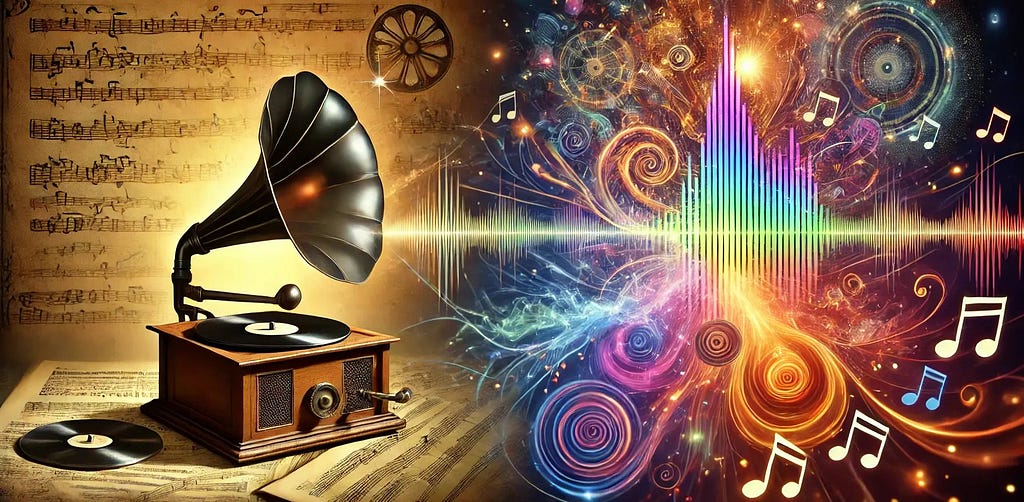
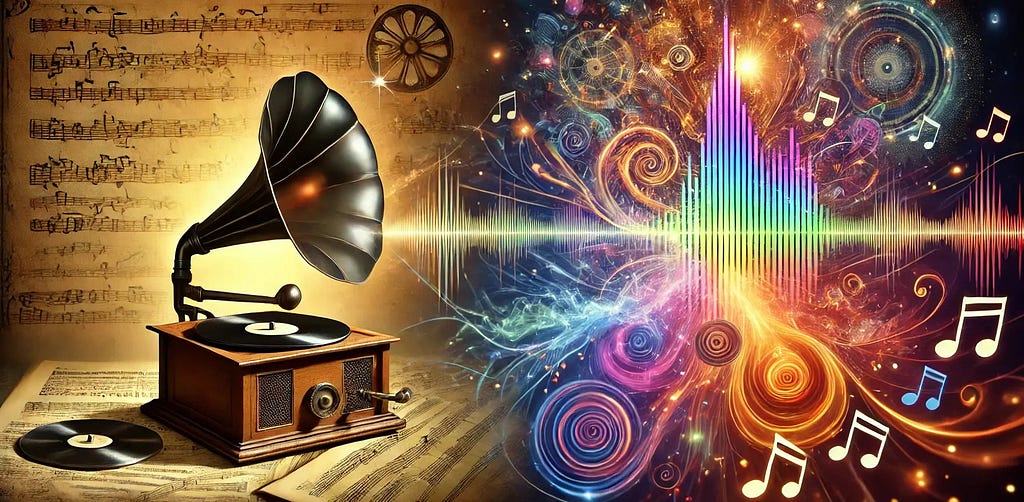

Mono recordings are a snapshot of history, but they lack the spatial richness that makes music feel truly alive. With AI, we can artificially transform mono recordings to stereo or even remix existing stereo recordings. In this article, we explore the practical use cases and methods for mono-to-stereo upmixing.
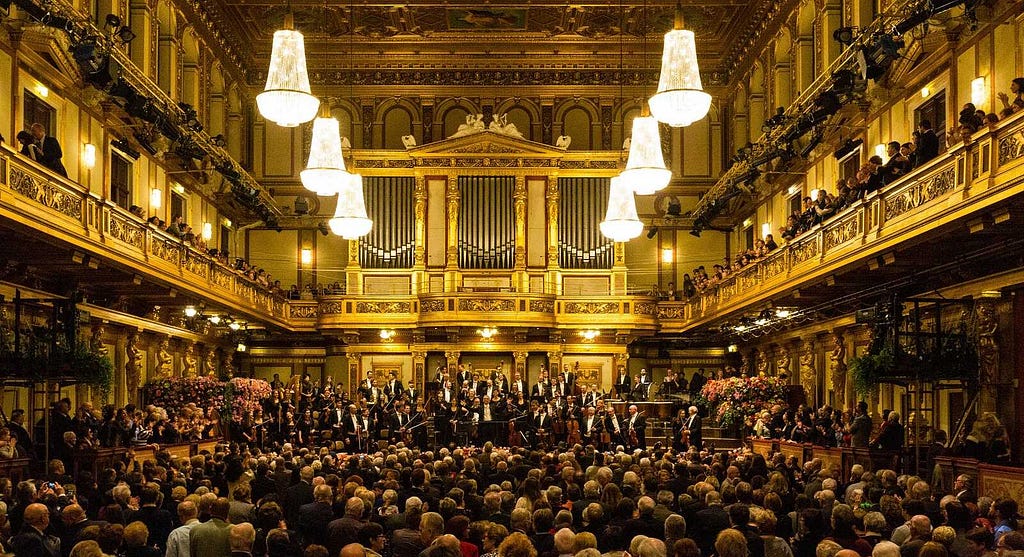
When an orchestra plays live, sound waves travel from different instruments through the room and to your ears. This causes differences in timing (when the sound reaches your ear) and loudness (how loud the sound appears in each ear). Through this process, a musical performance becomes more than harmony, timbre, and rhythm. Each instrument sends spatial information, immersing the listener in a “here and now” experience that grips their attention and emotions.
Listen to the difference between the first snippet (no spatial information), and the second snippet (clear differences between left and right ear):
Headphones are strongly recommended throughout the article, but are not strictly necessary.
Exampe: Mono
Example: Stereo
As you can hear, the spatial information conveyed through a recording has a strong influence on the liveliness and excitement we perceive as listeners.
In digital audio, the most common formats are mono and stereo. A mono recording consists of only one audio signal that sounds exactly the same on both sides of your headphone earpieces (let’s call them channels). A stereo recording consists of two separate signals that are panned fully to the left and right channels, respectively.
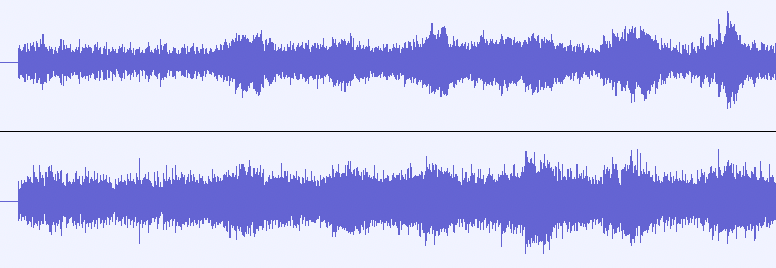
Now that we have experienced how stereo sound makes the listening experience much more lively and engaging and we also understand the key terminologies, we can delve deeper into what we are here for: The role of AI in mono-to-stereo conversion, also known as mono-to-stereo upmixing.
AI is not an end in itself. To justify the development and use of such advanced technology, we need practical use cases. The two primary use cases for mono-to-stereo upmixing are
Although stereo recording technology was invented in the early 1930s, it took until the 1960s for it to become the de-facto standard in recording studios and even longer to establish itself in regular households. In the late 50s, new movie releases still came with a stereo track and an additional mono track to account for theatres that were not ready to transition to stereo systems. In short, there are lots of popular songs that were recorded in mono. Examples include:
Even today, amateur musicians might publish their recordings in mono, either because of a lack of technical competence, or simply because they didn’t want to make an effort to create a stereo mix.
Mono-to-Stereo conversion lets us experience our favorite old recordings in a new light and also bring amateur recordings or demo tracks to live.
Even when a stereo recording is available, we might still want to improve it. For example, many older recordings from the 60s and 70s were recorded in stereo, but with each instrument panned 100% to one side. Listen to “Soul Kitchen” by The Doors and notice how the bass and drums are panned fully to the left, the keys and guitar to the right, and the vocals in the centre. The song is great and there is a special aesthetic to it, but the stereo mix would likely not get much love from a modern audience.
Technical limitations have affected stereo sound in the past. Further, stereo mixing is not purely a craft, it is part of the artwork. Stereo mixes can be objectively okay, but still fall out of time, stylistically. A stereo conversion tool could be used to create an alternate stereo version that aligns more closely with certain stylistic preferences.
Now that we discussed how relevant mono-to-stereo technology is, you might be wondering how it works under the hood. Turns out there are different approaches to tackling this problem with AI. In the following, I want to showcase four different methods, ranging from traditional signal processing to generative AI. It does not serve as a complete list of methods, but rather as an inspiration for how this task has been solved over the last 20 years.
Before machine learning became as popular as it is today, the field of Music Information Retrieval (MIR) was dominated by smart, hand-crafted algorithms. It is no wonder that such approaches also exist for mono-to-stereo upmixing.
The fundamental idea behind a paper from 2007 (Lagrange, Martins, Tzanetakis, [1]) is simple:
If we can find the different sound sources of a recording and extract them from the signal, we can mix them back together for a realistic stereo experience.
This sounds simple, but how can we tell what the sound sources in the signal are? How do we define them so clearly that an algorithm can extract them from the signal? These questions are difficult to solve and the paper uses a variety of advanced methods to achieve this. In essence, this is the algorithm they came up with:
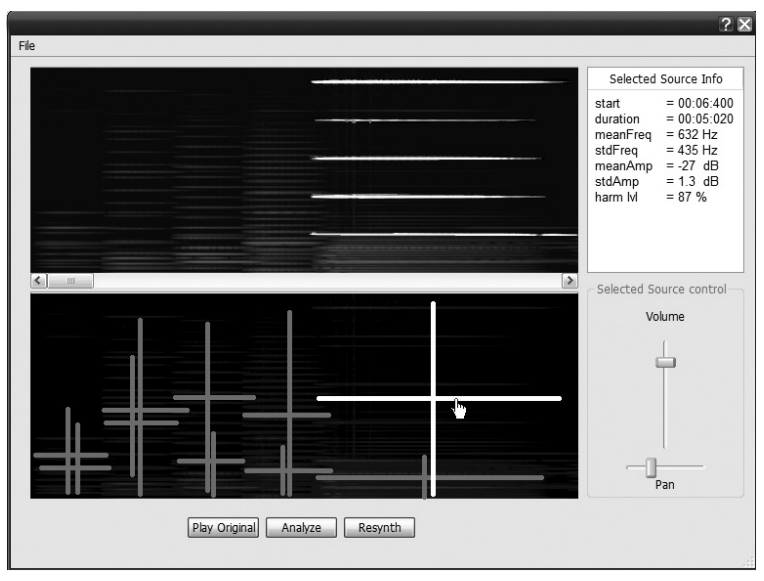
Although quite complex in the details, the intuition is quite clear: Find sources, extract them, mix them back together.
A lot has happened since Lagrange’s 2007 paper. Since Deezer released their stem splitting tool Spleeter in 2019, AI-based source separation systems have become remarkably useful. Leading players such as Lalal.ai or Audioshake make a quick workaround possible:
This technique has been used in a research paper in 2011 (see [2]), but it has become much more viable since due to the recent improvements in stem separation tools.
The downside of source separation approaches is that they produce noticeable sound artifacts, because source separation itself is still not without flaws. Additionally, these approaches still require manual mixing by humans, making them only semi-automatic.
To fully automate mono-to-stereo upmixing, machine learning is required. By learning from real stereo mixes, ML system can adapt the mixing style of real human producers.

One very creative and efficient way of using machine learning for mono-to-stereo upmixing was presented at ISMIR 2023 by Serrà and colleagues [3]. This work is based on a music compression technique called parametric stereo. Stereo mixes consist of two audio channels, making it hard to integrate in low-bandwidth settings such as music streaming, radio broadcasting, or telephone connections.
Parametric stereo is a technique to create stereo sound from a single mono signal by focusing on the important spatial cues our brain uses to determine where sounds are coming from. These cues are:
Using these parameters, a stereo-like experience can be created from nothing more than a mono signal.
This is the approach the researchers took to develop their mono-to-stereo upmixing model:
Currently, no code or listening demos seem to be available for this paper. The authors themselves confess that “there is still a gap between professional stereo mixes and the proposed approaches” (p. 6). Still, the paper outlines a creative and efficient way to accomplish fully automated mono-to-stereo upmixing using machine learning.
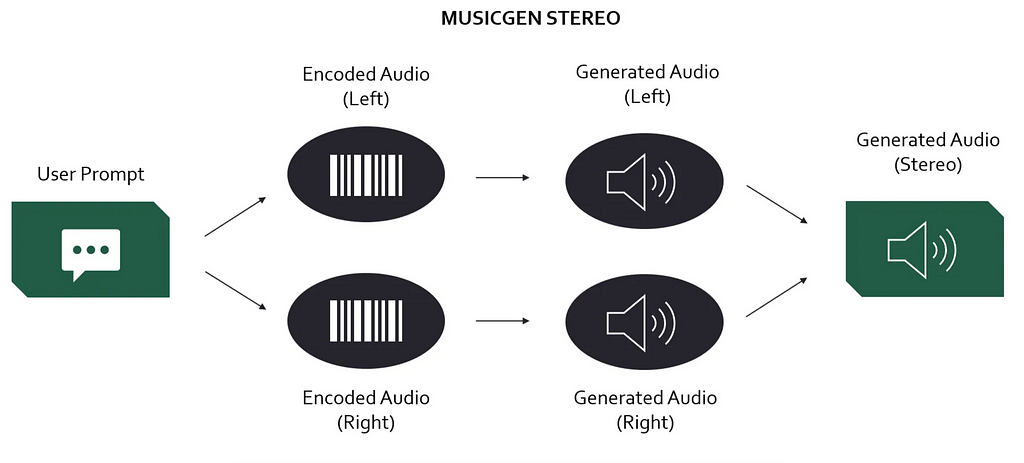
Now, we will get to the seemingly most straight-forward way to generate stereo from mono. Training a generative model to take a mono input and synthesizing both stereo output channels directly. Although conceptually simple, this is by far the most challenging approach from a technical standpoint. One second of high-resolution audio has 44.1k data points. Generating a three-minute song with stereo channels therefore means generating over 15 million data points.
With todays technologies such as convolutional neural networks, transformers, and neural audio codecs, the complexity of the task is starting to become managable. There are some papers who chose to generate stereo signal through direct neural synthesis (see [4], [5], [6]). However, only [5] train a model than can solve mono to stereo generation out of the box. My intuition is that there is room for a paper that builds a dedicated for the “simple” task of mono-to-stereo generation and focuses 100% on solving this objective. Anyone here looking for a PhD topic?

To conclude this article, I want to discuss where the field of mono-to-stereo upmixing might be going. Most importantly, I noticed that research in this domain is very sparse, compared to hype topics such as text-to-music generation. Here’s what I think the research community should focus on to bring mono-to-stereo upmixing research to the next level:
Only few papers are released in this research field. This makes it even more frustrating that many of them do not share their code or the results of their work with the community. Several times have I read through a fascinating paper only to find that the only way to test the output quality of the method is to understand every single formula in the paper and implement the algorithm myself from scratch.
Sharing code and creating public demos has never been as easy as it is today. Researchers should make this a priority to enable the wider audio community to understand, evaluate, and appreciate their work.
Traditional signal processing and machine learning are fun, but when it comes to output quality, there is no way around generative AI anymore. Text-to-music models are already producing great-sounding stereo mixes. Why is there no easy to use, state-of-the-art mono-to-stereo upmixing library available?
From what I gathered in my research, building an efficient and effective model can be done with a reasonable dataset size and minimal to moderate changes to existing model architectures and training methods. My impression is that this is a low-hanging fruit and a “just do it!” situation.
Once we have a great open-source upmixing model, the next thing we need is controllability. We shouldn’t have to pick between black-box “take-it-or-leave-it” neural generations or old-school, manual mixing based on source separation. I think we could have it both.
A neural mono-to-stereo upmixing model could be trained on a massive dataset and then finetuned to adjust its stereo mixes based on a user prompt. This way, musicians could customize the style of the generated stereo based on their personal preferences.
Effective and openly-accessible mono-to-stereo upmixing has the potential to breathe live into old recordings or amateur productions, while also allowing us to create alternate stereo mixes of our favorite songs.
Although there have been several attempts to solve this problem, no standard method has been established. By embracing recent development in GenAI, a new generation of mono-to-stereo upmixing models could be created that makes the technology more effective and more widely available in the community.
I’m a musicologist and a data scientist, sharing my thoughts on current topics in AI & music. Here is some of my previous work related to this article:
Find me on Medium and Linkedin!
[1] M. Lagrange, L. G. Martins, and G. Tzanetakis (2007): “Semiautomatic mono to stereo up-mixing using sound source formation”, in Audio Engineering Society Convention 122. Audio Engineering Society, 2007.
[2] D. Fitzgerald (2011): “Upmixing from mono-a source separation approach”, in 2011 17th International Conference on Digital Signal Processing (DSP). IEEE, 2011, pp. 1–7.
[3] J. Serrà, D. Scaini, S. Pascual, et al. (2023): “Mono-to-stereo through parametric stereo generation”: https://arxiv.org/abs/2306.14647
[4] J. Copet, F. Kreuk, I. Gat et al. (2023): “Simple and Controllable Music Generation” (revision from 30.01.2024). https://arxiv.org/abs/2306.05284
[5] Y. Zang, Y. Wang & M. Lee (2024): “Ambisonizer: Neural Upmixing as Spherical Harmonics Generation”. https://arxiv.org/pdf/2405.13428
[6] K.K. Parida, S. Srivastava & G. Sharma (2022): “Beyond Mono to Binaural: Generating Binaural Audio from Mono Audio with Depth and Cross Modal Attention”, in Proceedings of the IEEE/CVF Winter Conference on Applications of Computer Vision (WACV), 2022, p. 3347–3356. Link
Mono to Stereo: How AI Is Breathing New Life into Music was originally published in Towards Data Science on Medium, where people are continuing the conversation by highlighting and responding to this story.
Originally appeared here:
Mono to Stereo: How AI Is Breathing New Life into Music
Go Here to Read this Fast! Mono to Stereo: How AI Is Breathing New Life into Music


Learn the concepts and the practice. How a model behaves in each case.
Originally appeared here:
How Bias and Variance Affect Your Model
Go Here to Read this Fast! How Bias and Variance Affect Your Model
Go Here to Read this Fast! 5 great Netflix shows to watch on Christmas
Originally appeared here:
5 great Netflix shows to watch on Christmas
Are you tired of feeling safe and happy all the time? Is your daily life overrun by feelings of security, contentment and peace? Do you want an escape from all of the oppressive niceness around you? Well, look no further — these are the games for you.
Here, we’ve collected more than a dozen of the most evocative and disturbing horror games in recent memory. These selections cover a wide range of genres and styles, but each one comes with at least a tinge of unsettling terror. So take a peek, find your game, and prepare your skeleton for some fresh air because you’re about to jump out of your skin.
Check out our entire Best Games series including the best Nintendo Switch games, the best PS5 games, the best Xbox games, the best PC games and the best free games you can play today.
This article originally appeared on Engadget at https://www.engadget.com/gaming/best-horror-games-120029388.html?src=rss
Go Here to Read this Fast! The best horror games to play in 2025
Originally appeared here:
The best horror games to play in 2025
Originally appeared here:
ISS astronauts enjoy a microgravity holiday with Brussels sprouts and more
PC gamers have almost too many options when it comes to titles to play, which is a great problem to have. With decades of games to choose from (and the first port of call for most indie titles, too), the options are endless. You also get the perks of (nearly always flawless) backward compatibility and console-beating graphical performance — if you’ve got the coin for it when you’re building your perfect kit or picking up a high-powered gaming laptop.
The whole idea of what a gaming PC is and where you can play it is shifting, too, with the rise of handheld gaming PCs like the Steam Deck. We’ve tried to be broad with our recommendations here on purpose; here are the best PC games you can play right now.
Check out our entire Best Games series including the best Nintendo Switch games, the best PS5 games, the best Xbox games, the best PC games and the best free games you can play today.
This article originally appeared on Engadget at https://www.engadget.com/gaming/pc/the-best-pc-games-150000910.html?src=rss
Go Here to Read this Fast! The 25 best PC games you can play right now for 2025
Originally appeared here:
The 25 best PC games you can play right now for 2025
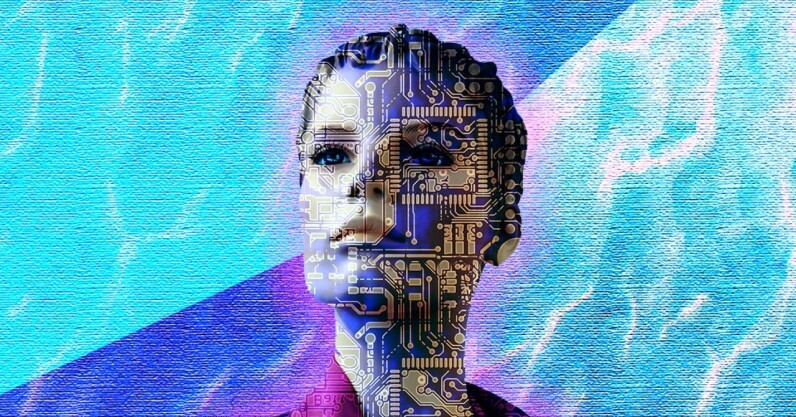
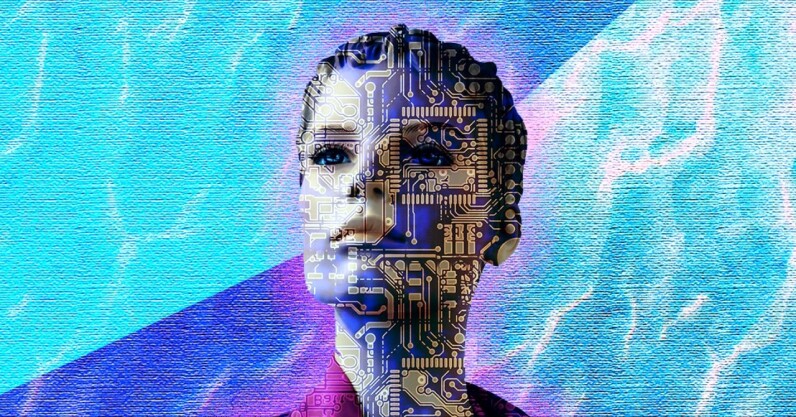
This story continues at The Next Web
Originally appeared here:
Unfair decisions by AI could make us indifferent to bad behaviour by humans

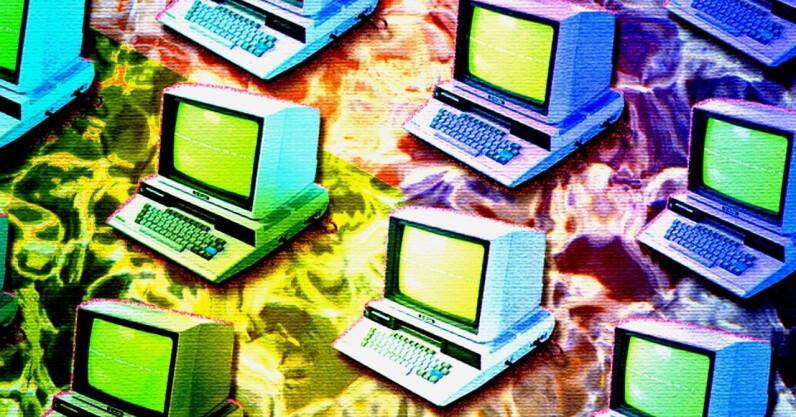
This story continues at The Next Web
Go Here to Read this Fast! These will be the most in-demand programming languages in 2025
Originally appeared here:
These will be the most in-demand programming languages in 2025